Staying on top of current trends in the marketplace is not just a good idea but essential to being a successful and profitable artist.
Knowing what is popular gives you greater opportunity to thrive—you’ll be empowered to make informed decisions in your creative process by selectively introducing trends into your artwork.
Start by identifying overlapping themes, colors, styles, icons or other popular content in the market – a few of my favorites are Tropicals, Boho, and Pastels. These popular subjects are found in mass market retailers and designer brands because of their broad appeal and are translated in ways that are most suitable for customers. The following is a look at how themes are applied or how they can be interpreted.
Tropicals
Tropicals are a botanical subject in interior design that goes beyond home decor products. The lush leaves are found in poolside gear, outfitting tech, fashion, stationery, bedroom, event spaces and more. To see just how popular tropicals are, add “tropicals” to your product search criteria.
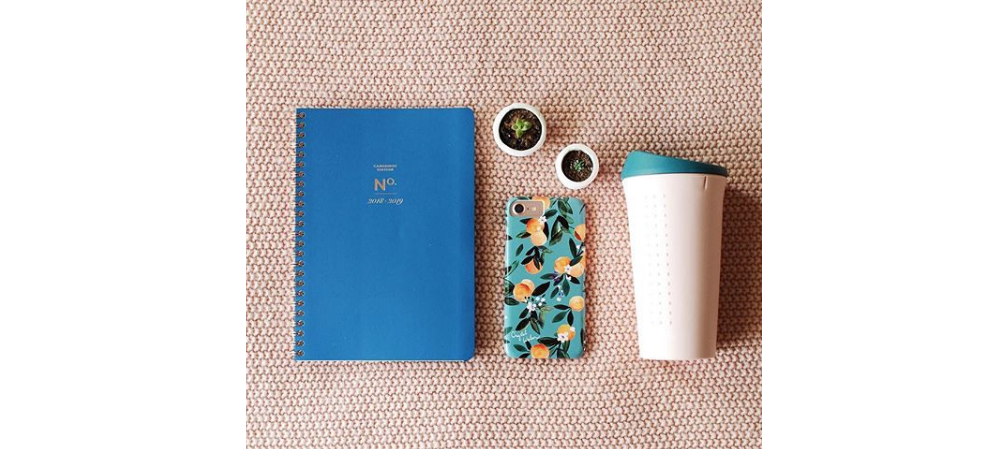
Boho or Bohemian
Bohemian style never goes out of fashion. This nostalgic look continues to command a presence in the market in all its nuanced forms. Vintage colors, bright florals, and festival tapestries are some prime examples. The ornate decor is found across bedrooms, dorms, and throughout Pinterest boards. Artists introduce boho in subtle or overt references—in other words the theme can be addressed even if your brand does not scream Boho.
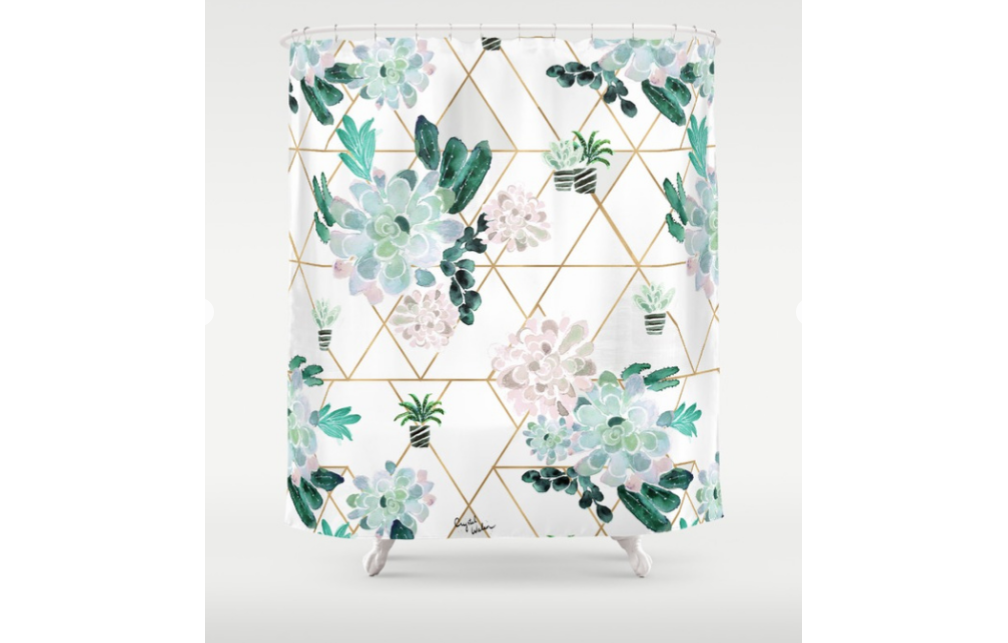
Pastels
Pastels are the color story of the moment. One of the easiest ways to update work is through color. Millennial pink and cotton candy are some of the shades that are redefining product artwork. The muted hues can be used to update existing works. Artists create curated color collections that play into the merchandising of commonplace palettes marketed for mass appeal.
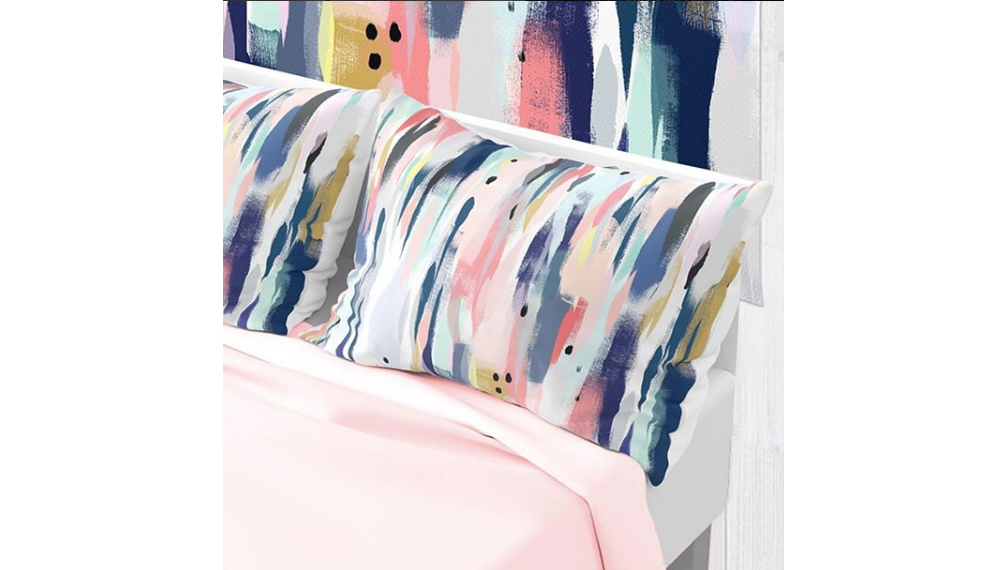
Here are a few steps to recognize and apply trends like a pro. Start with market research, brand awareness, trend application and feedback to start effectively using popular themes.
1. Market Research
Do some R&D (research and development). Find out what icons, styles, colors, or other themes are recurring. Do comparison shopping by looking at peer artists as well as broad appeal retailers such as big box stores to gain a greater understanding for what themes overlap. Search social media platforms such as Pinterest and Instagram to see what is trending. Start with simple search queries or hashtags for a product that relates to what you are selling such as “phone cases” or “throw pillows”. Use more specific search queries once you’ve identified trends of interest.
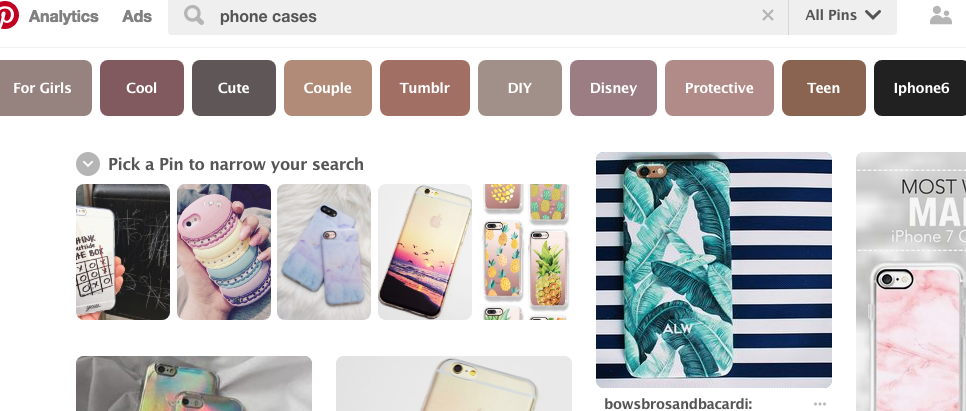
2. Brand Awareness
In addition to researching marketplace trends, identifying patterns within your brand is valuable. Study sales history and social media analytics to gain insights about performing artwork and products. Awareness of what aspects make your brand popular is a key part of the next step: applying trend.
3. Trend Application
There are many ways to update your work or become more relevant to the market. Some artists apply new subjects to their style while others apply new colors or pop culture content. How you introduce popular subjects may require experimentation and looking closer at the approach of similar artists.
4. Feedback
After introducing updates into your work, the next step is to get feedback. Use relevant hashtags on social media posts and look at analytics—this information can predict engagement and response for sales as well. It’s important to validate and know that you are getting the most out of updating your work to fit your audience and the marketplace.
Applying relevant trends is a great way to grow and thrive as a commercial artist. Whether you use trend subtly or directly, staying aware of marketplace product trends is crucial. Gathering insights from sales history, analytics, and market research will offer guidance and objectives for new art development using trends that fit your brand.
Finally, be sure to follow and connect with inspirational artists to see how they introduce trend into their work to understand the context for your own work. Marketplace trend knowledge and brand awareness elements will maximize your creativity by expanding your opportunities. You will be able to apply subjects of interest and as a result your artwork will appeal to a greater audience.
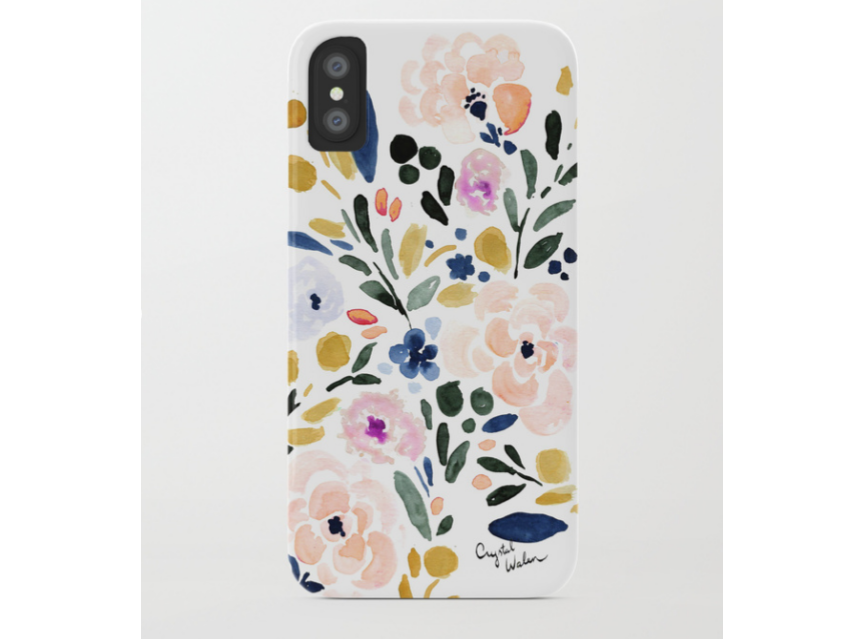
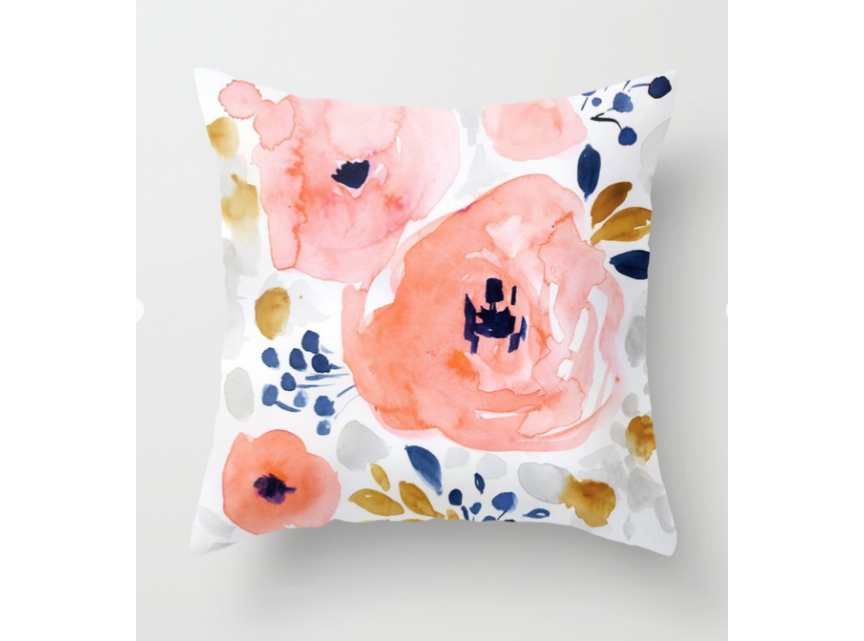
Comments